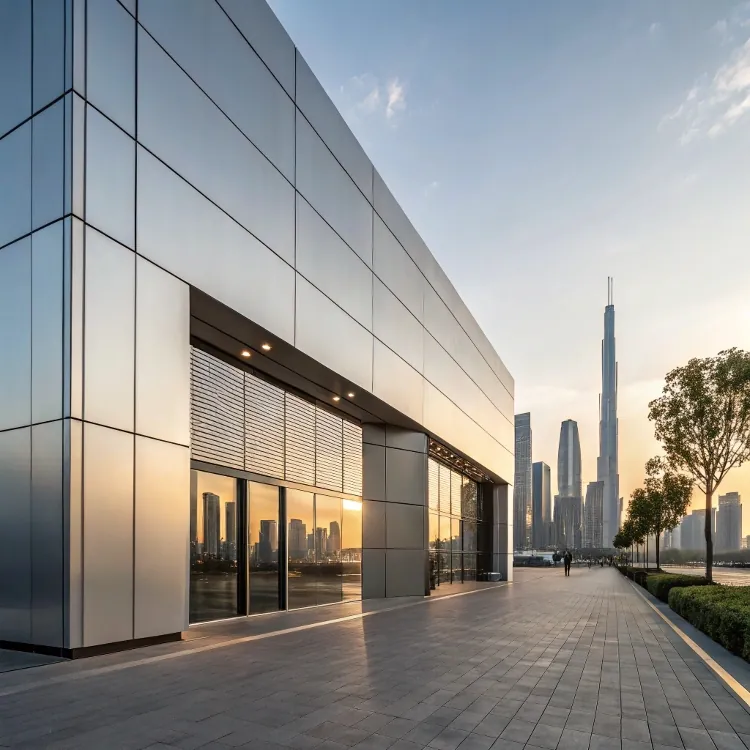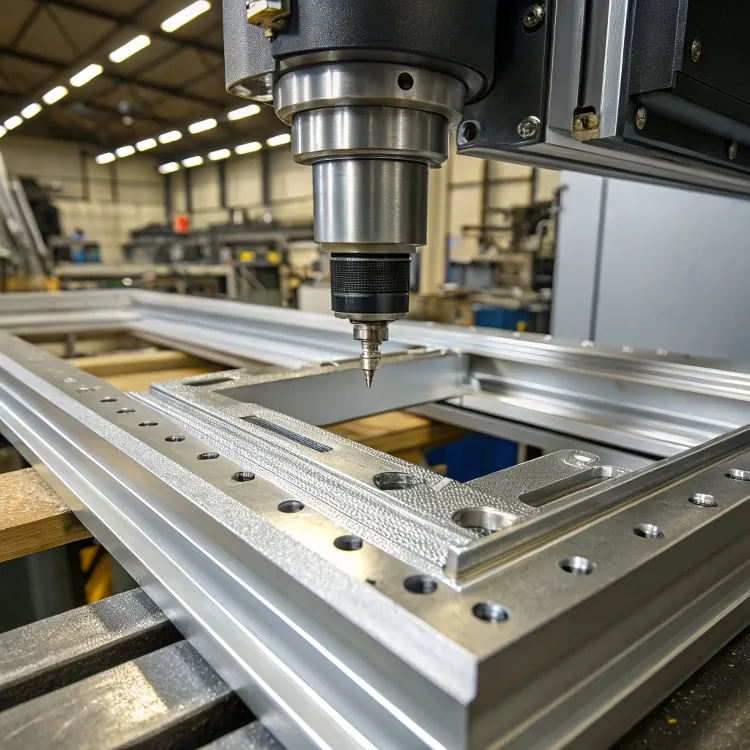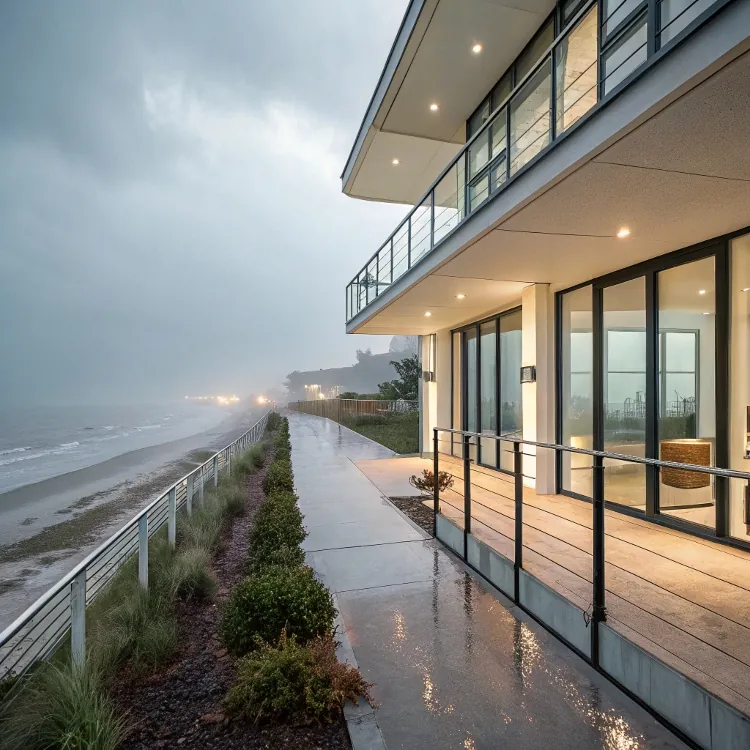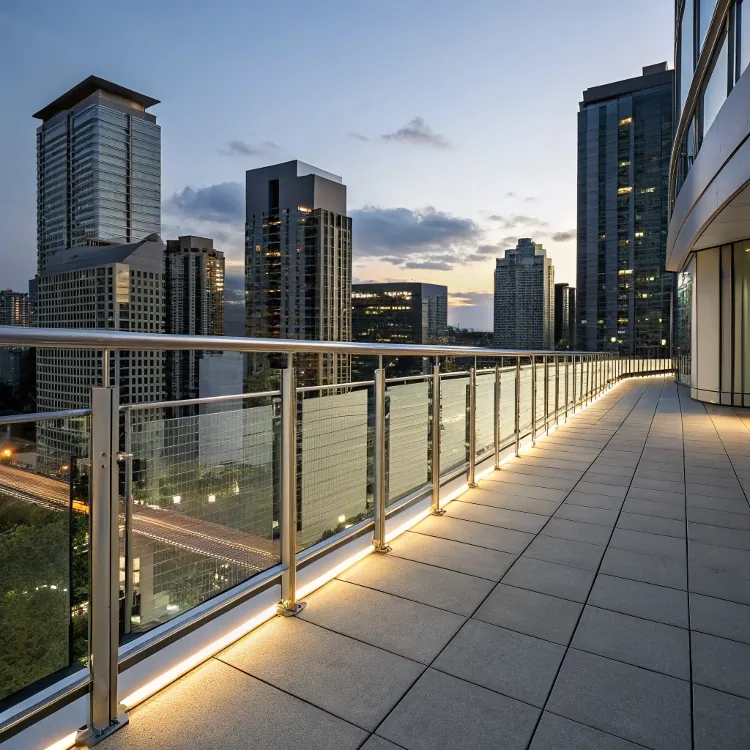What is 6063 T5 material?

Choosing the right aluminum alloy can feel overwhelming, especially when codes like 6063 T5 sound like technical jargon.
6063 T5 is an aluminum alloy known for its smooth finish, excellent corrosion resistance, and moderate strength, making it ideal for architectural and decorative applications.
If you’re in construction or manufacturing, knowing what 6063 T5 is—and isn’t—can help you avoid costly mistakes and choose the right material from the start.
What is 6063 T5 aluminum used for?
Many people use aluminum daily but don’t realize which alloy or temper they’re actually handling.
6063 T5 aluminum is mainly used in window frames, door frames, curtain walls, and other architectural profiles where appearance and corrosion resistance are key.

This alloy is especially popular in construction and architectural decoration because of its good extrudability1 and smooth surface finish. These features allow it to be anodized easily, offering a clean and attractive appearance that lasts for years.
Here are some typical applications:
Common Applications Table
| Application Field | Common Uses |
|---|---|
| Architecture | Windows, doors, curtain walls |
| Interior Design | Decorative trims, frames |
| Furniture | Aluminum table legs, shelf brackets |
| Solar Frames | Photovoltaic panel supports |
Because of its medium strength, it performs best in low-load scenarios. It’s not suitable for heavy mechanical loads or aerospace use, but it shines when looks, corrosion resistance2, and ease of forming are more important.
6063 T5 aluminum is often used in window and door frames.True
Its good surface finish and corrosion resistance make it ideal for architectural applications.
6063 T5 aluminum is a common choice for heavy truck frames.False
Truck frames require higher strength, typically provided by 6061 T6 or similar alloys.
What is the difference between 6061 and 6063 T5?
Even experienced buyers often ask: "Should I use 6061 or 6063 T5 for my project?"
6061 is stronger and better for structural applications, while 6063 T5 is easier to extrude and finish for decorative or light structural use.

Both are part of the 6000-series aluminum3 family, which means they use magnesium and silicon as primary alloying elements. However, their performance is quite different.
6061 aluminum contains more magnesium and copper. That gives it higher strength and better fatigue resistance. It’s ideal for applications that involve mechanical stress, like automotive parts or machine structures.
6063 T5, in contrast, has lower strength but higher extrudability. This makes it the better option for applications needing complex shapes or smooth surfaces.
Comparison Table
| Property | 6061 T6 | 6063 T5 |
|---|---|---|
| Tensile Strength | ~290 MPa | ~190 MPa |
| Surface Quality | Moderate | Excellent |
| Workability | Good | Very Good |
| Common Use | Structural components | Architectural profiles |
If strength and load-bearing are your top concerns, choose 6061. If aesthetics and corrosion resistance in mild environments are more important, 6063 T5 is the winner.
6061 aluminum is stronger than 6063 T5.True
6061 offers higher tensile and yield strength, making it suitable for heavy-duty uses.
6063 T5 aluminum is the best choice for structural machine parts.False
6061 is typically chosen for parts that need to handle mechanical loads.
Is 6063 T5 aluminum marine grade?
Saltwater is harsh. Not all aluminum alloys can survive in it without degrading quickly.
6063 T5 is not considered marine-grade aluminum, although it does offer basic corrosion resistance suitable for limited coastal or damp environments.

Marine-grade aluminum typically comes from the 5000 and 6000 series. The most commonly used marine-grade alloys include 5052, 5083, and 6061, all of which offer excellent corrosion resistance4 in seawater.
6063 T5 can handle humidity and rain, but it’s not ideal for constant exposure to salt spray or full marine immersion. If you use it near water, anodizing or powder coating is essential.
Here’s a breakdown:
Marine Suitability Table
| Alloy | Marine Grade | Notes |
|---|---|---|
| 6061 T6 | Yes | Strong and corrosion-resistant |
| 5052 | Yes | Very good in seawater |
| 6063 T5 | No | OK for damp areas, not for immersion |
Use 6063 T5 for railings or dock parts above water, but not for underwater or coastal installations without surface treatment.
6063 T5 aluminum is not classified as a marine-grade alloy.True
True marine-grade alloys need stronger saltwater corrosion resistance than 6063 offers.
6063 T5 can be used underwater without any treatment.False
6063 requires surface treatment to survive long-term exposure to saltwater.
What is stronger, T5 or T6 aluminum?
Heat treatment can change the performance of aluminum dramatically. T5 and T6 are both tempers that refer to how the alloy is processed.
T6 aluminum is stronger than T5 because it undergoes a more intense heat treatment process called solution heat treatment.

Both tempers can apply to 6063 alloy5, but the strength results are different:
- 6063-T5: Cooled from the extrusion temperature and then artificially aged.
- 6063-T6: Solution heat-treated and then aged, making it harder and stronger.
Strength Comparison Table
| Property | 6063 T5 | 6063 T6 |
|---|---|---|
| Tensile Strength | ~190 MPa | ~240 MPa |
| Yield Strength | ~160 MPa | ~210 MPa |
| Workability | Better | Slightly harder to work |
| Application Suitability | Light structural use | Medium structural use |
If you’re working on a project that requires higher strength and doesn’t mind slightly higher cost and reduced formability, go with T6. Otherwise, T5 is sufficient for less demanding applications.
T6 aluminum has higher strength than T5 aluminum.True
T6 undergoes more heat treatment steps, resulting in greater mechanical strength.
T5 and T6 tempers offer the same mechanical performance.False
T6 provides higher tensile and yield strength than T5.
Conclusion
6063 T5 aluminum is a versatile material with excellent surface finish and decent strength. It’s a smart choice for architectural and light structural applications, especially when aesthetics and corrosion resistance are important. Just be sure to match the alloy and temper to your specific project needs.
-
Discover the concept of extrudability in aluminum, a key factor that influences the manufacturing and application of aluminum products. ↩
-
Learn about the significance of corrosion resistance in aluminum alloys, which is crucial for durability and longevity in various applications. ↩
-
Learn about the 6000-series aluminum family, including its composition and benefits, to better understand your material options. ↩
-
Learn about aluminum’s corrosion resistance in marine settings, crucial for selecting the right materials for coastal projects. ↩
-
Discover the uses and properties of 6063 aluminum alloy, a popular choice in construction and manufacturing, to enhance your project knowledge. ↩



